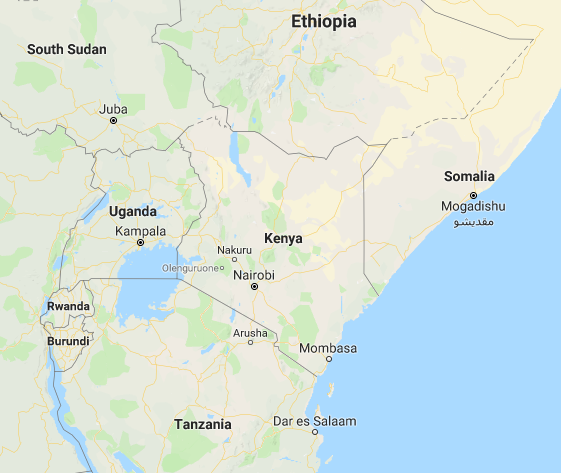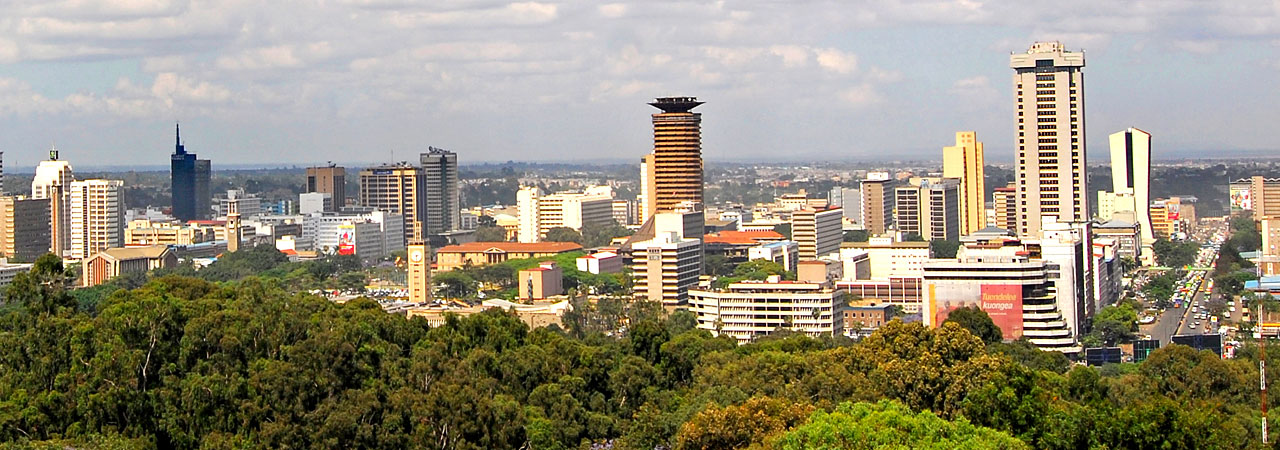ABOUT US
The story of KEF weaves together the rich histories of three organizations, the Kenya Education Fund (est. 2006), the Nomadic Kenyan Children’s Educational Fund (NKCEF, est. 2001) and the Children of Kibera Foundation (est. 2007).
KEF has over 20 years of collective experience working to promote education in Kenya.
KEF was started by former Peace Corps Volunteer, Bradley Broder and local community leader, Dominic Muasya, to keep kids in high school when their means did not allow.
NKCEF was formed after a group of families from McLean, Virginia accompanied their children’s high school teacher, Hon. Joseph Lekuton, on a trip to his nomadic homeland in Northern Kenya where many of the children were not in school. NKCEF merged with KEF in 2011.
Children of Kibera Foundation was founded by Honorable Ken Okoth (Kibera) and provided hundreds of educational scholarships to primary, secondary and university students from Kibera –Africa’s largest slum. CoKF merged with KEF in 2013.
MISSION
To provide economically disadvantaged students in Kenya with scholarships, support and educational resources for them to improve their lives and communities
VISION
Self-reliance for people in Kenya through education.
CORE VALUES
Integrity, Transparency, Equity, Inclusivity, Compassion
WHERE WE WORK
In 2003 primary school in Kenya became free. Despite the positive impact of abolishing school fees for primary education in Kenya, secondary education remains a challenge. Currently, the enrollment rate is approximately 70%, Majority of these students still face barriers due to financial constraints and widespread poverty.
It is estimated that before covid only 53% of Kenyan youth were in secondary school, of the 53% only 38.8% graduated. KEF transitions 98% of its students into higher learning institutions.
Enrollment and retention in marginalized areas such as nomadic communities, arid areas, and urban slums are as low as 30% of students completing secondary education. Factors such as limited access to quality schools, inadequate infrastructure, lack of resources, and cultural practices contribute to these disparities. KEF plays a crucial role in addressing regional discrepancies by providing full scholarships, sanitary pads, books, and life skills workshops, and implementing community-based initiatives to ensure equitable access to secondary education for vulnerable Kenyan students.
Kenya is situated in East Africa with approximately 48 million inhabitants. Its capital, Nairobi, is one of the most prominent cities on the African continent. Kenya is known for its diversity; 42 distinct African ethnicities, varied climate and geography, safaris and expansive wildlife reserves and national parks. English and Kiswahili are both official languages. Agriculture remains the backbone of the Kenyan economy.









